Search Images
Browse Content (p. 894)
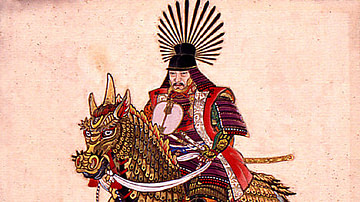
Image
Toyotomi Hideyoshi on Horseback
An illustration of Toyotomi Hideyoshi, the military leader of Japan from 1582 to 1598 CE.
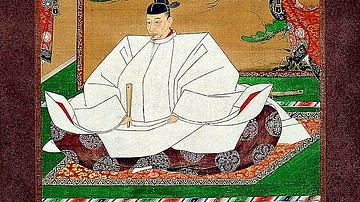
Image
Toyotomi Hideyoshi
A painted hand scroll of Toyotomi Hideyoshi, the military leader of Japan from 1582 to 1598 CE.
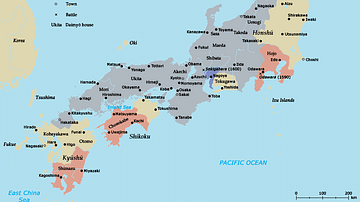
Image
Map of Japan in the 16th Century CE
A map of Japan during the Azuchi-Momoyama period (1568-1600 CE).
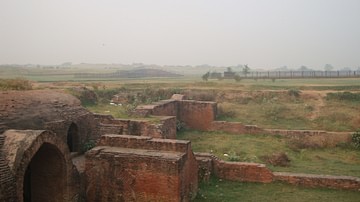
Image
Mound of Harsha
This is a photo of the mound known as Harsh ka Tila (“Mound of Harsha”), located west of Sheikh Chilli's Tomb complex in Thanesar, Kurukshetra district, Haryana state, India. It is 1 km long and 750 m wide. It has ruins of structures built...
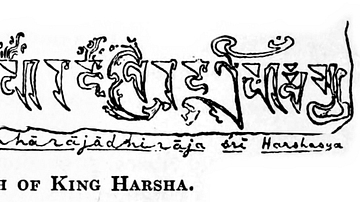
Image
Autograph of Emperor Harsha
This is the autograph of the Pushyabhuti Emperor Harshavardhana or Harsha (606-647 CE) as it appears in the Banskhera inscription. This signature in Sanskrit reads as “Svahasto mama maharajadhiraja sri harshasya” meaning, “By my own hand...
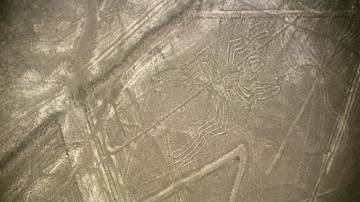
Image
Nazca Line Spider
A geoglyph showing the Nazca Line Spider. The designs and lines created on the desert floor of southern Peru are known collectively as the 'Nazca Lines' and were made over several centuries between 200 BCE and 500 CE. Their exact purpose...
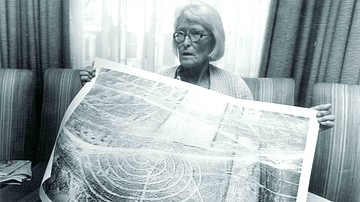
Image
Maria Reiche
Maria Reiche with a large aerial photo of Nazca Lines. She was a German-born Peruvian mathematician and archaeologist best known for her research into the Nazca Lines. Date of photograph is unknown. Image credit: The Maria Reiche Foundation...

Image
Maria Reiche with Paul Kosok
Maria Reiche with Paul Kosok in 1939 CE. Image credit: The Maria Reiche Foundation. Maria Reiche was a German-born Peruvian mathematician and archaeologist best known for her research on the Nazca Lines. Paul Kosok was an American professor...
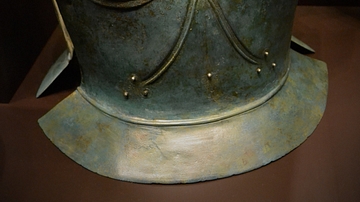
Image
Archaic Greek Bell Cuirass
A Greek "bell cuirass" from the Archaic Period, made sometime between the 7th and 6th Century BCE. This cuirass came from the Greek mainland and was the antecedent to the later and more recognizable "muscle cuirass". This breastplate is...
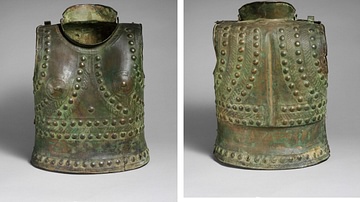
Image
Etruscan Bronze Cuirass
A c. 7th or 6th Century BCE Etruscan breastplate. This breastplate or cuirass bears similarities to an ancient Greek "muscle cuirass", because it is modeled after a human torso with features such as pectoral muscles and a spine. From the...